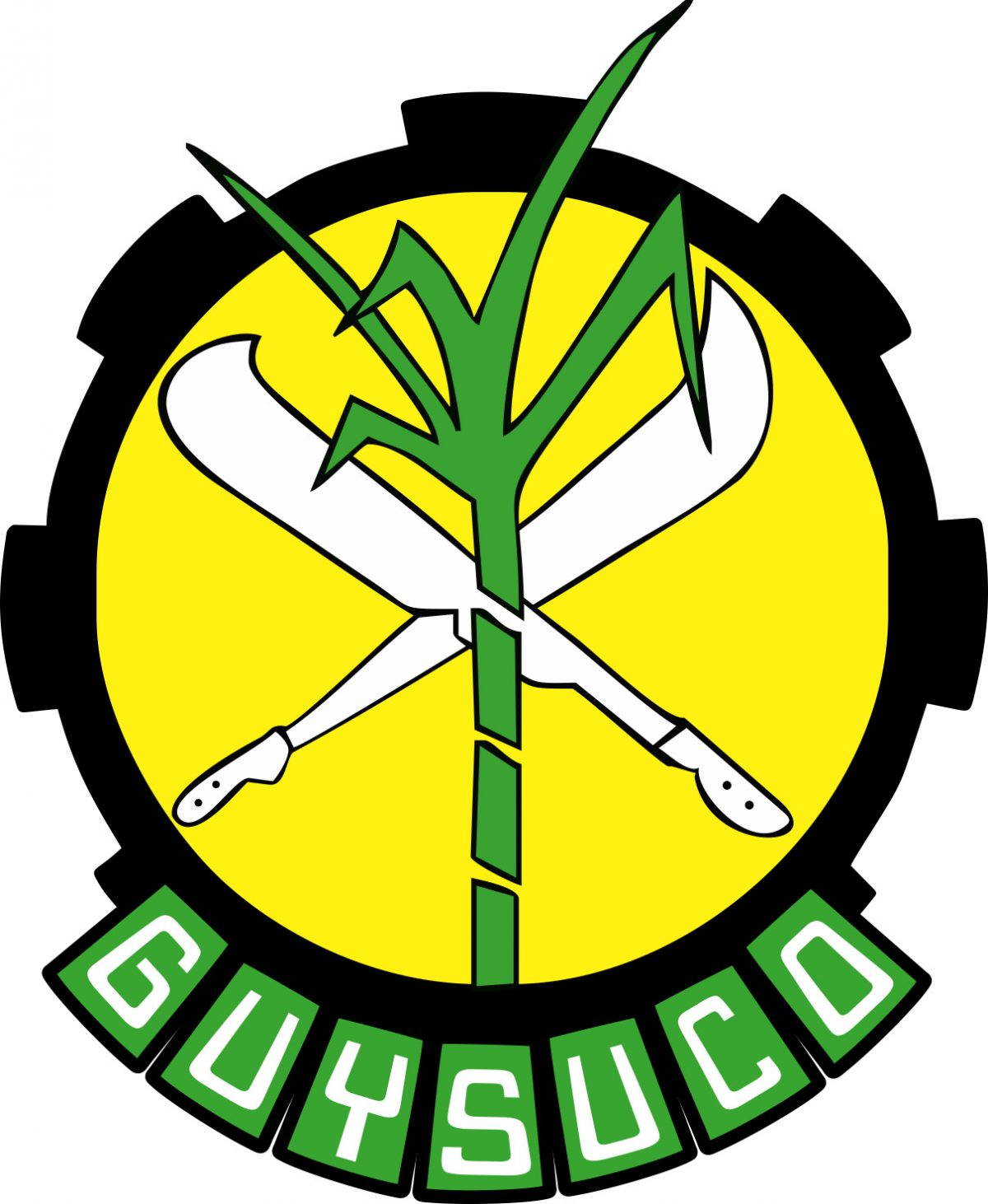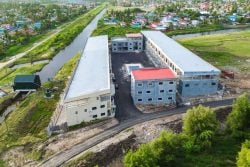The sugar industry is estimated to have contracted by 60.4 percent in the first half of this year, with production of 6,739 tonnes of sugar reported by the Guyana Sugar Corporation (GuySuCo) and the projected annual production has been slashed from 100,000 tonnes to 70,000 tonnes.
This was reported in the Mid Year Report released by the Ministry of Finance yesterday.
“This performance is attributed to the carried over impacts of drier-than-usual weather conditions last year into the second quarter of this year. As a result of the performance in the first half of the year, the growth projection for the sector is now 16.3 percent for 2024, with a revised projection of 70,000 tonnes of sugar to be produced this year”, the report said.
The continuing poor results in the sugar industry and high subventions to it have put the government under pressure.
The report said that Government interventions aimed at diversifying and modernising the sugar industry, while reducing the cost of production, continued in the first half of this year.
“To this end, an additional 2,734 hectares of land were converted to support mechanised cultivation and harvesting of sugar cane at the Rose Hall, Albion, Blairmont, and Uitvlugt estates, bringing the total land converted to 8,400 hectares. Moreover, six additional cane harvesters are expected to be operational by the end of 2024, increasing the fleet to ten. Further, the rehabilitation of heavy and light duty revetments to strengthen the drainage system across the industry is on track for completion”, the report said.
An additional sugar dryer at the Blairmont Estate, budgeted at $60 million, is expected to be installed by the end of the year. This dryer, the report said, will enhance the quality of the sugar for packaging. Further, the two additional lines at the packaging plant at Blairmont and construction of the building for the packaging plant at Albion are on track to be completed by the end of the year.
The report said that the industry currently employs 8,179 persons and it is anticipated that employment will expand to over 8,300 in the remainder of the year.
Rice industry
In the first half of the year, the report said that the rice industry is estimated to have grown by 17.9 percent. It said that the Guyana Rice Development Board (GRDB) reported production of 362,030 tonnes of rice equivalent, compared with 302,295 tonnes in the first half of 2023.
“On account of favourable weather conditions, the yield achieved for the first crop of 2024 was 6.6 tonnes per hectare, compared with 6.2 tonnes per hectare in the first crop of last year. Given the better-than anticipated performance in the first crop, the production estimate for the year has been revised upward to 717,032 tonnes of rice equivalent. The sector is now projected to grow by 8.9 percent this year, better than the 6.2 percent predicted at the time of preparing Budget 2024”, the report said.
The report added that investments in the rice industry have shown favourable results in the first half of this year, with a 19.8 percent hike in production when compared with the same period last year. In the first half of the year, the Guyana Rice Development Board (GRDB) spent $526.5 million to support the rice industry. It said that the GRDB’s Research Station and contracted seed growers produced 13,520 bags of seed paddy and provided training and technical services to 2,953 farmers.
“The research on new high yielding varieties of rice resulted in 25 trials of G14-10 high yielding rice variety completed in the first crop and 30 trials are expected in the second round of testing in farmers’ fields in the second crop. In addition, the screening facility for the studying of a climate smart rice variety is expected to be completed by the end of 2024. In the second crop of 2024, 2,765 farmers are expected to cultivate 15,000 acres of the GRDB IICA 17, zinc enriched rice, which was released in October 2023. The mechanisation of cultivation and harvesting of rice remained a key focus of the industry. Over the past year, the rice industry has advanced to higher levels of mechanisation in broadcasting seeds and fertilizer and applying agrochemicals. With such technologies, farmers benefit from higher productivity and reduced cost of operation. By the end of 2024, the industry will acquire an additional 22 specialised tractors and 4 drones”, the report added.






